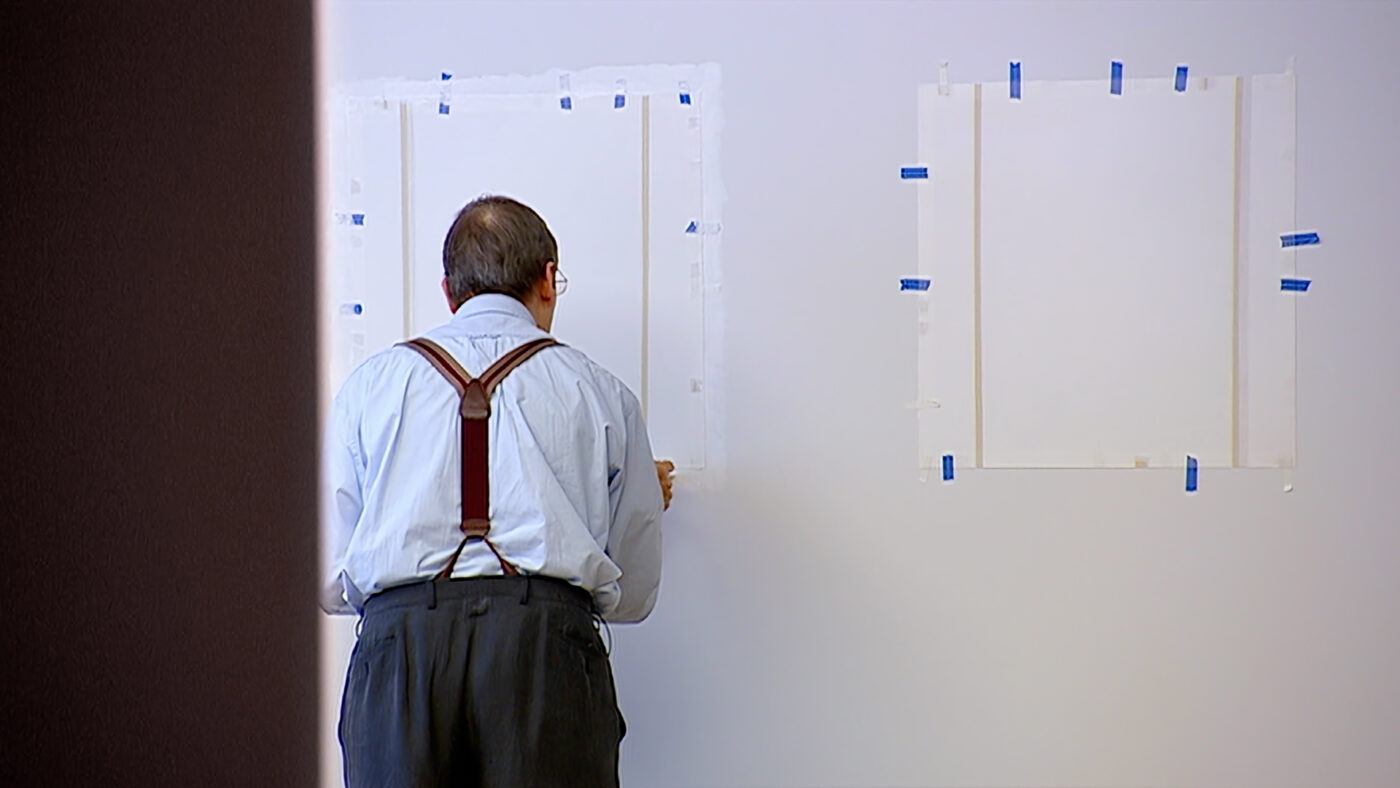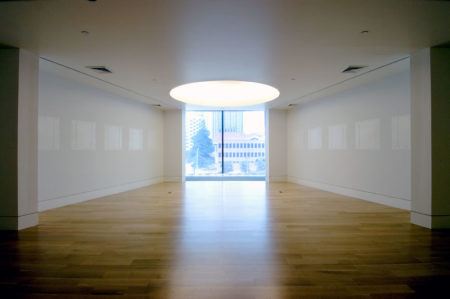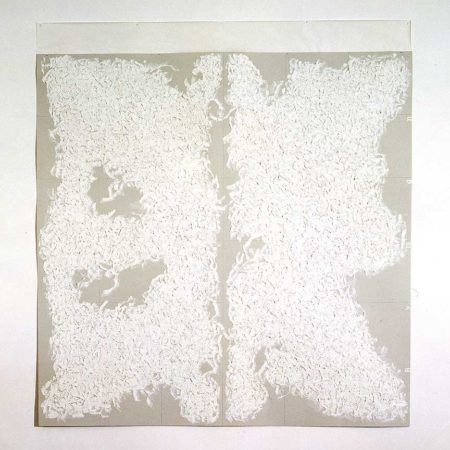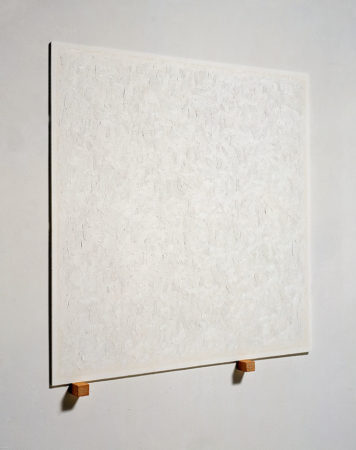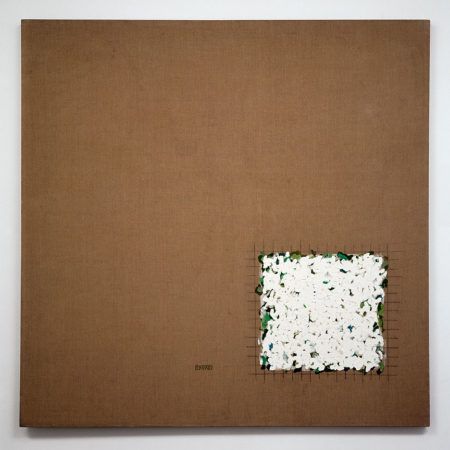Robert Ryman
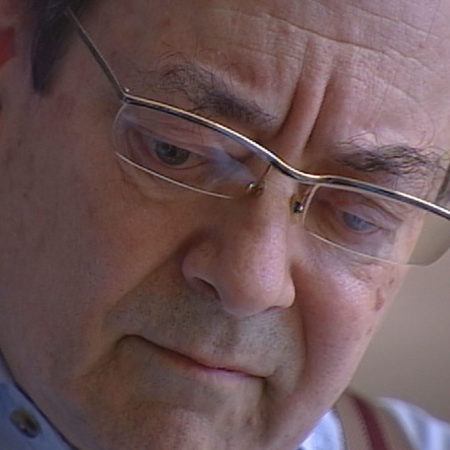
Robert Ryman was born in Nashville, Tennessee, in 1930. Ryman studied at the Tennessee Polytechnic Institute and the George Peabody College for Teachers, Nashville, before serving in the United States Army (1950–52). Ryman’s work explodes the classical distinctions between art as object and as surface—between sculpture and painting, between structure and ornament—emphasizing instead the role that perception and context play in creating an aesthetic experience.
Ryman isolates the most basic of components (material, scale, and support), enforcing limitations that allow the viewer to focus on the physical presence of the work in space. Since the 1950s, Ryman has used primarily white paint on a square surface—whether canvas, paper, metal, plastic, or wood—while harnessing the nuanced effects of light and shadow to animate his work. In Ryman’s oeuvre, wall fasteners and tape serve both practical and aesthetic purposes. Neither abstract nor entirely monochromatic, Ryman’s paintings are paradoxically “realist” according to the artist’s own lexicon.
Robert Ryman was elected to the American Academy of Arts and Letters (1994) and has received many awards, including a Skowhegan Medal (1985) and a fellowship from the John Simon Guggenheim Foundation (1974). He has had major exhibitions at Tate Gallery, London (1993); the Museum of Modern Art, New York (1993); San Francisco Museum of Modern Art (1994); Walker Art Center, Minneapolis (1994); Dia Art Foundation (1988); Inverleith House, Royal Botanic Garden, Edinburgh, Scotland (2006); and Pennsylvania Academy of the Fine Arts (2006–07). He has participated in Documenta (1972, 1977, 1982); the Venice Biennale (1976, 1978, 1980); the Whitney Biennial (1977, 1987, 1995); and the Carnegie International (1985, 1988). Ryman lived and worked in New York and Pennsylvania, where he passed away in February 2019.

